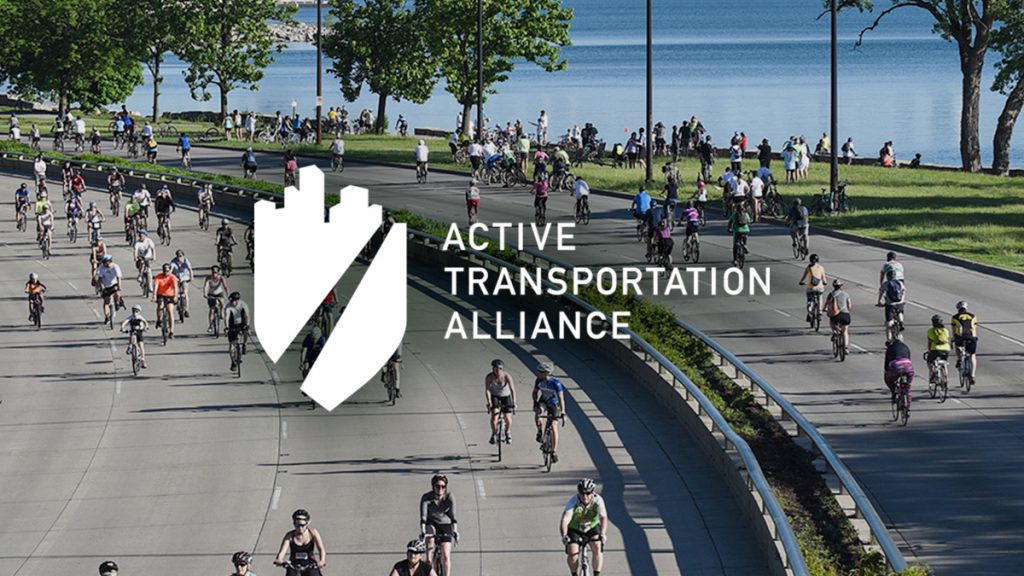What is a Road Race?
Since American amatuer cyclists spend most of their time within the tight, gladitorial confines of the criterium, they cherish the opportunity to partake in what their European counterparts often take for granted: the Road Race.
There are two types of Road Races in the United States: true point-to-point road races and "circuit" events.
Point-to-point races are exceedingly rare, due to the high cost of maintaining the 30 to 150 miles of race course, and are usually only seen at the pro level. Circuits, raced in laps of 1.5 to 10 miles, are more common, but are still much less prevelent than the closed course criterium.
While circuits may resemble a criterium, they utilize road-racing rules, and there are a few differences:
Road races are generally on open roads, raced within a "rolling enclosure." The field stays between a pace car and a chase car. The pace car keeps the road ahead clear, and the chase vehicle, usually a motorcycle which enforces the "yellow-line rule" or communicates any important course information to the field. The yellow line rule is enforced on rolling enclosure courses – riders must stay to the right of the yellow line and crossing it is grounds for disqualification.
In road-races and circuits, racers must chase to return to the field in the event of a crash or mechanical; there is no free lap as allowed in the criterium.
Tactically, the techniques employed by racers are the same in every race: you will still see the attack, the chase, and the block. The longer nature of the race and the much more varied terrain affects how these tactics are used stragically, however. Pezcyclingnews.com published a fantastic tutorial this year on the anatomy of race: click here for Act I and Act II.
For more information, visit chicagobikeracing.com and pezcyclingnewscom for great coverage on the local, domestic, international cycling scene.

